When it comes to textiles, India is a heavyweight contender. From ancient times, the country has been a hub for exquisite fabrics and intricate weaves. Fast forward to today, and it's evolved into one of the largest textile manufacturers worldwide. But with so many players in the field, who's truly the 'king' of textiles in India?
Indian textile manufacturers have become synonymous with quality and tradition. With giants like Arvind Limited and Raymond leading the charge, it's no wonder they're leaving an indelible mark globally. These companies aren't just resting on their laurels, though. They're constantly innovating, adapting to sustainable practices, and exploring cutting-edge technology to stay ahead.
Despite fierce competition, India's diverse capabilities – from spinning to finishing – give it a unique edge. It seems like every part of the textile process thrives here, supported by skilled artisans and robust infrastructure. This winning combo has made Indian textiles a staple in global markets, and that influence isn't waning anytime soon. Stick around as we unravel the threads that weave together this captivating industry!
- Introduction to India's Textile Industry
- Top Players in the Field
- Innovation and Sustainability
- Global Influence and Market Impact
- The Future of Indian Textiles
Introduction to India's Textile Industry
The Indian textile industry is one of the oldest in the world, playing a crucial role in the country's economy. It's not just about fabrics and yarn; it's about cultural heritage, innovation, and economic strength all woven together. This sector contributes significantly to employment, especially in rural areas, boasting a workforce of over 45 million people.
The journey of Indian textiles began centuries ago with traditional looms and hand-woven fabrics. Today, the industry is all about combining age-old techniques with modern technology. India ranks as one of the top producers of textiles like cotton, silk, and wool, giving a stiff competition to global markets. Its geographical position gives it an edge in exporting to countries all over the world.
The Diverse Landscape
India's textile industry is incredibly diverse, housing a variety of segments from fiber production to finished goods. The government has set up textile parks, offering subsidies and tax benefits to encourage investment and boost manufacturing.
- Natural Fibers: Cotton is a major player, with India being the largest producer in the world.
- Synthetic Fibers: Polyesters and nylons are also widely produced, keeping up with global demands.
- Specialty Fabrics: Silk and wool from regions like Kashmir and Assam add unique charm to India's textile offerings.
Economic Impact
Textiles contribute to about 15 percent of India’s total exports, making it a significant part of the international trade scene. With initiatives like 'Make in India,' the government aims to double this contribution, hoping to push the industry to a $250 billion turnover by 2030.
| Year | Export Value (in Billion USD) |
|---|---|
| 2020 | 34 |
| 2023 | 40 |
| 2025 (Forecast) | 50 |
As the industry moves forward, challenges like sustainability and competition from other Asian countries remain. However, with its rich heritage and modern capability, India is poised to remain a powerhouse in the global textile market.
Top Players in the Field
The Indian textile industry, vast and dynamic, is home to some real heavy hitters. These companies are not just business giants; they’re trendsetters in their own right. So, who's topping the charts?
Arvind Limited
First, let's talk about Arvind Limited. This behemoth isn't just about denim, though they're the world's fourth-largest producers. They’ve got their fingers in many pies, from knits to advanced materials. Thanks to their commitment to sustainability, they're leading some seriously cutting-edge practices, which others are scrambling to replicate.
Raymond Group
Next up, we have the Raymond Group. When it comes to suiting up, these folks are the pros. Known for superior quality, they've conquered the fabric scene not just in India but across the globe. Their textile segment is diverse, offering everything from woolen and worsted fabrics to the fanciest shirting fabrics you can find.
Vardhman Textiles
Then you've got Vardhman Textiles, a big name with an even bigger output. Lauded for their yarns, they've also got an impressive collection of processed fabrics. You know what’s exciting? Their emphasis on unique, high-quality products keeps them in the competitive loop. And with a stronghold in the domestic market, they're not slowing down anytime soon.
Welspun India
Welspun India is another player you’ve probably heard of, especially if you're into home textiles. They're a massive export powerhouse, producing everything from towels to bed linens. What sets them apart? It's their relentless focus on innovation and state-of-the-art manufacturing units that put them on the map.
Being able to adapt and diversify while staying true to their roots is what keeps these top players in the textile industry at the forefront. Each one has carved out a niche, mastering a balance of tradition and modernity that's palpable in every thread they produce.
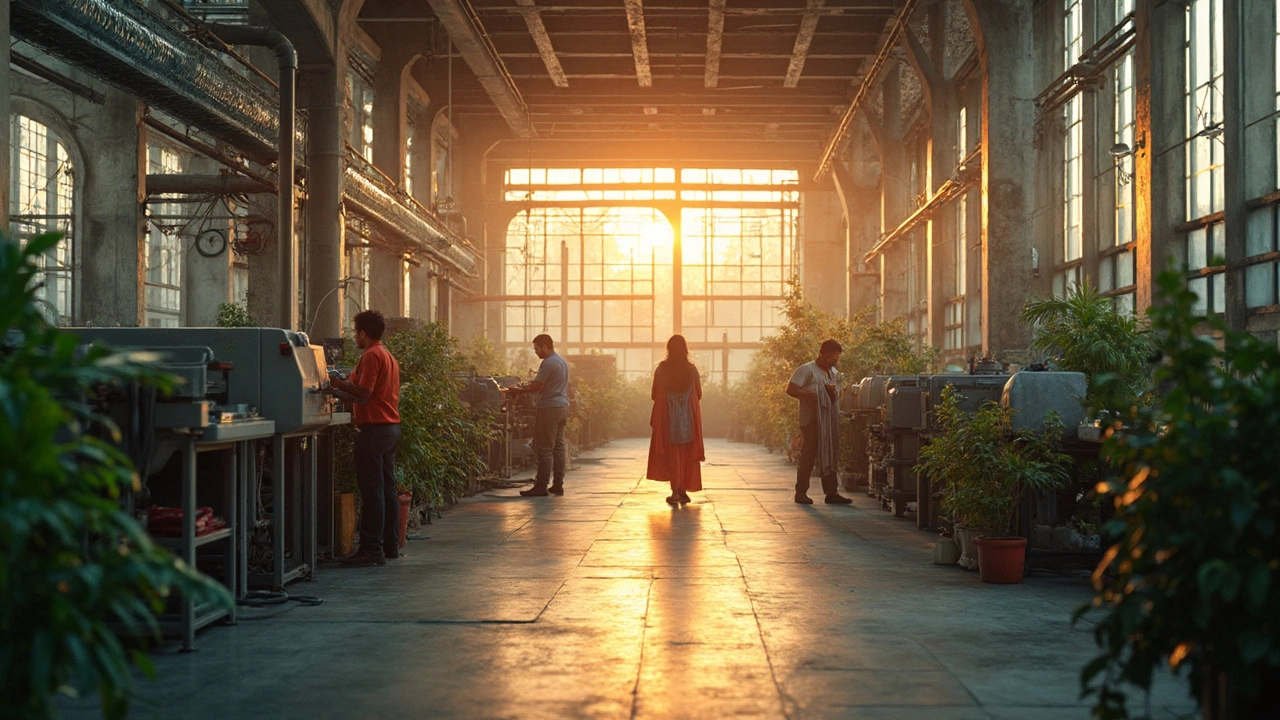
Innovation and Sustainability
India's textile industry is bustling with innovation, especially as manufacturers shift towards more sustainable practices. Given the global emphasis on eco-friendly production, Indian textiles are pivoting in impressive ways, making the industry not just a 'king' in volume but also a pioneer in sustainability.
The Push for Eco-Friendly Textiles
Many companies in India's textile space, like Arvind Limited and Reliance Industries, are taking bold steps to reduce their environmental footprint. They're implementing water-saving dye processes and using organic cotton to cut down on pollution. For instance, Arvind Limited is renowned for recycling millions of liters of water every day, drastically reducing their water consumption.Tech-Driven Solutions
Technology is at the heart of this transformation. Indian manufacturers are investing in advanced machinery that minimizes waste. Raymond, another titan in the textile sphere, has pioneered techniques that allow them to recycle fabric scraps into new products. These innovations not only meet global environmental standards but also make Indian textile manufacturers more competitive.Sustainable Fashion and Consumer Demand
The demand for sustainable fashion is no longer a niche market. Consumers today are far more conscious, and Indian textiles are perfectly positioned to cater to this shift. Brands across India are now producing clothes that are better for the environment while keeping style intact.| Year | Water Saved (Millions of Liters) |
|---|---|
| 2021 | 10 |
| 2022 | 13 |
| 2023 | 15 |
This table shows a steady increase in water saved by a leading Indian textile company over three years. It's just one example of how the industry is committed to being more environmentally responsible.
Innovation and sustainability are not just buzzwords in India's textile industry. They're a way of life, a strategy to retain global leadership, and a means to appeal to an increasingly eco-minded world. With so much happening in the backdrop, it's clear that the Indian textile industry is setting the bar high.
Global Influence and Market Impact
Indian textiles are more than just cloth— they’re cultural ambassadors. The diversity of styles, from vibrant Rajasthani patterns to rich south Indian silks, has put India on the global textile map. But it’s not only about tradition; modern textile manufacturers in India are reshaping global markets through innovation and quality.
India’s Textile Exports
India ranks as one of the top exporters of textiles in the world. Countries like the United States, Japan, and those in the European Union are major consumers of Indian textiles. They love what India brings to the table—quality at a competitive price.
The stats are pretty impressive. In 2023, textile exports from India hit around $40 billion, showing a steady increase despite global economic challenges. This growth underscores the robust demand and reputation that Indian textiles enjoy worldwide.
Setting Trends and Standards
Indian textile firms, like Reliance Industries or Aditya Birla Group, are not just following trends—they’re setting them. Their emphasis on sustainable practices, such as using organic cotton and implementing eco-friendly dyeing methods, has caught international attention. These practices not only appeal to growing environmental concerns but also boost India's image as a responsible global participant.
Impact on Local and Global Economies
Back home, the industry is a massive job creator, providing employment to millions across the country. Globally, it helps stabilize economies by serving as a reliable source of textiles and raw materials, contributing significantly to the GDP of importing nations. It’s a win-win for both India and its partners.
In essence, the Indian textile industry is an integral part of the global fashion ecosystem. Its influence goes beyond fabric and designs—it shapes consumer preferences, impacts global trade dynamics, and leads the charge towards a more sustainable future.

The Future of Indian Textiles
Looking ahead, the Indian textile industry is poised for some exciting transformations. With increased awareness of environmental concerns, manufacturers are going green. This isn't just a fad; it's becoming an industry standard. Companies are actively looking for ways to minimize waste and reduce carbon footprints, which means adopting eco-friendly materials and processes.
Innovation and Technology Integration
Innovation is where Indian textile manufacturers are really making waves. From smart fabrics equipped with technology to traditional textiles infused with modern fibers, change is happening fast. Brands are experimenting with everything from 3D-knitted garments to using AI for trend prediction and inventory management. This integration not only boosts efficiency but also tailors products to consumer needs more closely than ever before.
Government Initiatives
The government is also playing a pivotal role in maintaining the country's status as a textile powerhouse. Through various schemes and incentives, it's encouraging investment and fostering skill development. The 'Make in India' initiative continues to attract global businesses, strengthening the industry’s infrastructure and technology stack.
The ambition to double the size of the textile sector in the coming years means more jobs, more exports, and more renowned Indian brands on international shelves. Keep an eye on India; they're redefining what it means to be the underdog turned trendsetter in the global textile market.
Market Trends and Predictions
Market trends suggest a rise in demand for sustainable and organic fabrics. As more companies pivot toward these sustainable practices, consumers can expect more choices in eco-friendly fashion. This aligns well with global trends, reflecting a growing worldwide demand for products that are gentle on the planet.
In short, while challenges remain, the outlook for Indian textiles is bright. The adaptability and innovation rooted in this industry suggest that it will not only keep up with the pace of global change but also be a leader in setting new standards.
| Year | Projected Growth Rate |
|---|---|
| 2025 | 15% |
| 2030 | 18% |
As India continues to align itself with these global trends, it holds a promising future not just as a manufacturing hub but as a leader in shaping what's known globally as top-tier textile production.




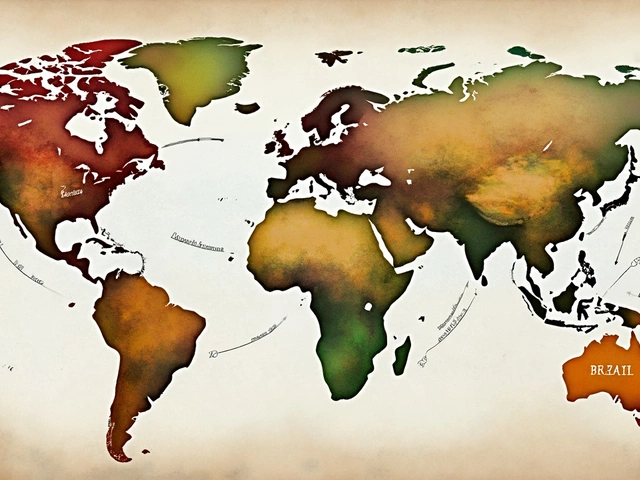
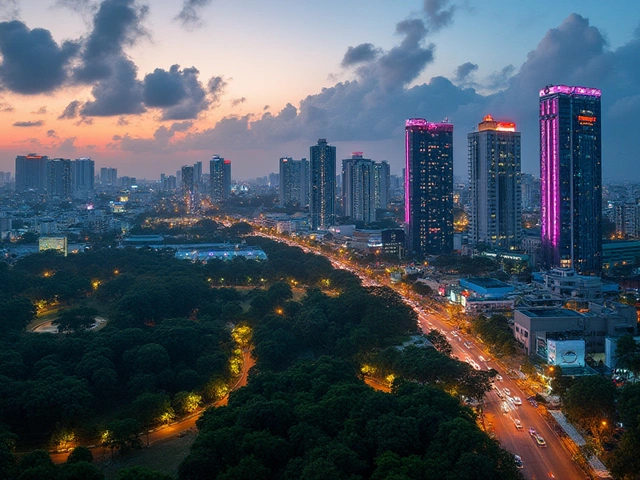
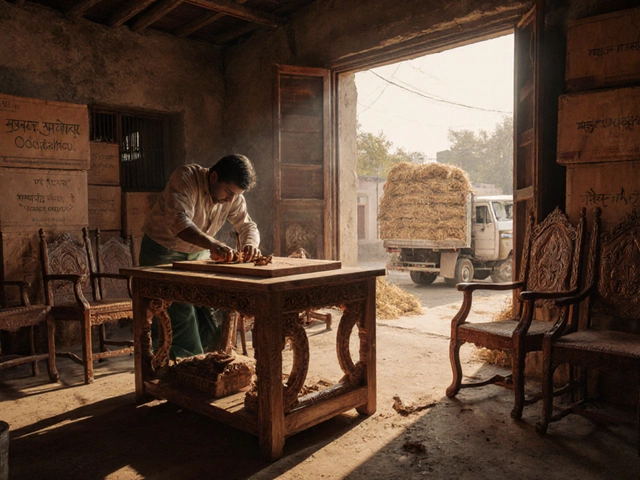
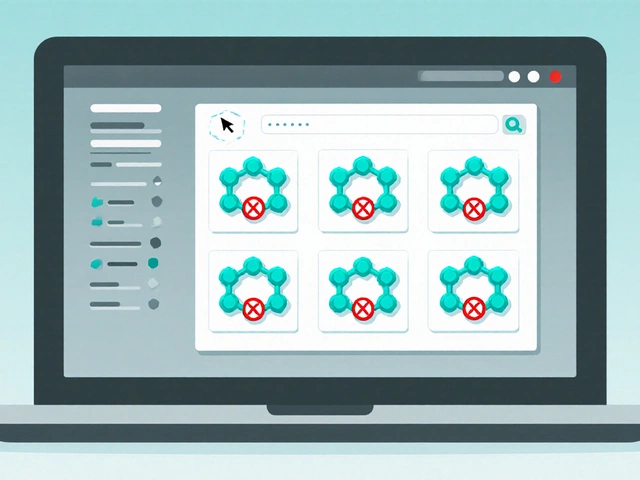

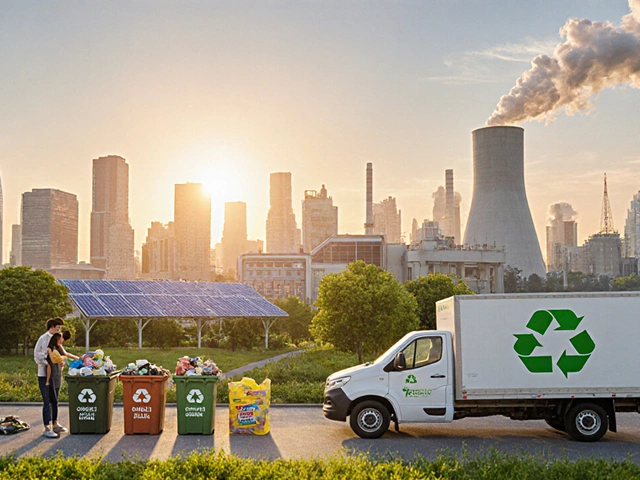

Write a comment